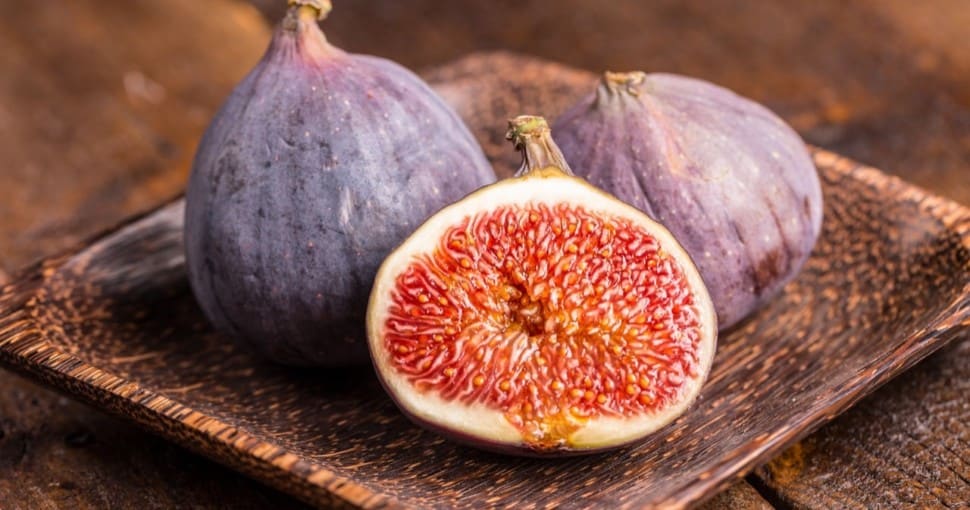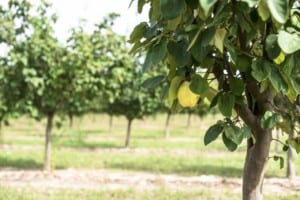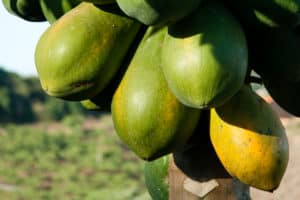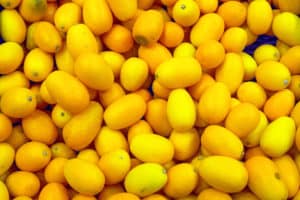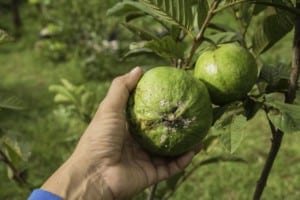The fig is a firm favorite fruit, fresh or dried, versatile, and used in sweet and savory dishes alike. Perhaps part of the surrounding excitement is that fresh figs are not available year-round, so come fig season, it’s all systems go for devouring them fresh and using them in recipes.
Contents
Fresh fig season runs from late May to late October in the Northern Hemisphere, with Black Mission figs arriving first on the scene, and Sierra and Tiger figs closing the season in late October or early November. Naturally, this varies slightly every year depending on the weather, but these fruits generally bear in summer or autumn.
What Time Of Year Are Figs In Season?
In general, figs don’t have a very long season. However, because there are several different varieties of figs trees that all bear fruit at different times, they overlap, resulting in figs being available on the market for an extended period of time, longer than any one variety is in season.
As a rule, they’re available over the summer and autumn. In the Northern hemisphere, this will be from May to October or November, while in the southern hemisphere, fig season is slightly shorter and runs from mid-summer to early autumn.
What Types Of Figs Are In Season When?
With six different types of figs dominating the market, all bearing in different months and for different periods, fig season can be hard to keep track of if you have your favorites! Below is a brief outline of which figs are in season when:
- Black Mission: May – November
- Brown Turkey: May – November
- Kadota: June – October
- Sierra: June – November
- Tiger: July – November
- Calimyrna: July – Sept
Now you know when to look out for your favorite fig in the supermarket! As you can see, the Calimyrna has a much shorter, three-month season when compared to the Black Mission. Depending on the climate, the figs will also have longer or shorter seasons.
Figs are believed to have originated in Turkey, where the warm season is much longer than some European countries that would also grow figs.
There can also be two seasons for fig trees, with fruit first appearing on the old branches at the beginning of the season and then on new branches a few months later towards the end of summer or early autumn.
Can You Eat Unripe Figs?
Yes and no! In Italy, small unripe figs are used in frittatas and pasta. They are still small, green, and hard, and therefore used in savory dishes, almost as a little vegetable.
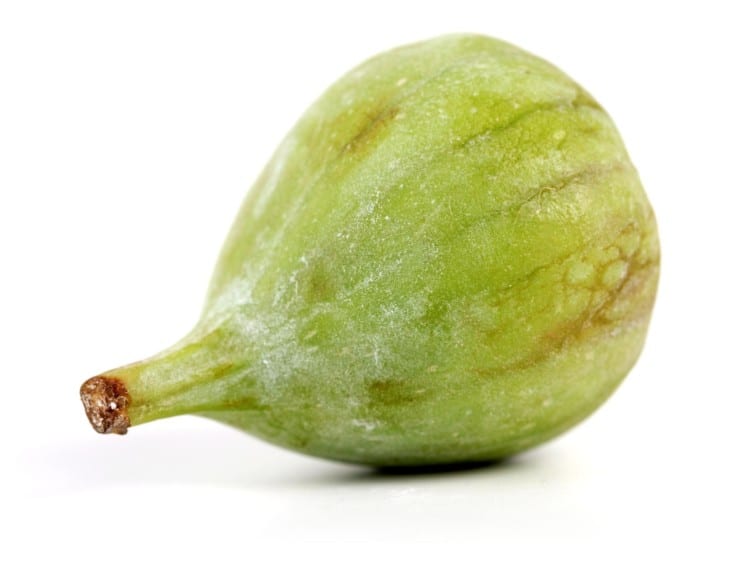
For those with a tree nearby tempted to pick figs before they are ripe, it is advisable not to. They are much more enjoyable when ripe and sweet. Unripe figs will produce a sticky, milky liquid where they are picked and can induce allergic reactions.
Figs have a very short shelf life once they are ripe, only a few days, and need to be eaten relatively quickly. This means that they don’t travel well, and so are best enjoyed in countries where they grow naturally when they are fresh and sweet.
If figs can’t be eaten while they’re ripe, the best thing to do is to dry them. Dried figs are available all year round and are sweet and tasty, as they should only be dehydrated once they have fully ripened.
Figs generally take up to two months from once they appear on a tree to reach full ripeness, so it is important to have patience with the process and wait for them to ripen naturally.
How Do You Tell If Figs Are Ripe?
Unlike some fruits, waiting for wrinkly skin to indicate ripeness is not the case with figs. Ripe figs should be plump and sometimes slightly wrinkled, but too wrinkled or shriveled looking means they are overripe.
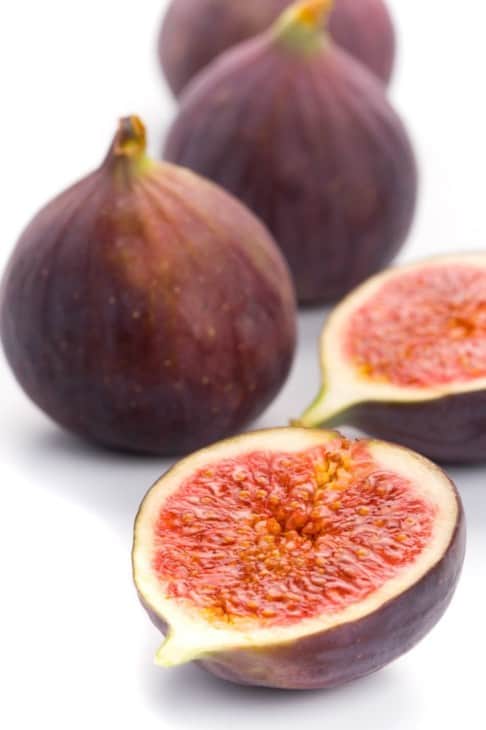
Too firm and shiny, and the fig has probably been picked too early and is not yet ripe. Sometimes they can continue ripening off the tree, but they will not get any sweeter, unfortunately, just softer.
If you are looking to keep them for more than a couple of days and not eat them immediately, then they might be best eaten with a drizzle of honey or baked into a dessert to add some sweetness to them!
Why Are Figs Sometimes Not Sweet?
Sometimes figs can be tough, dry, and never seem to ripen or get sweet. When this happens, it is mostly due to weather-related conditions.
A lack of nutrients could be another possible reason for this. The fig tree needs water, sunlight, and good nutrients in the soil in order to facilitate glucose production, which results in a sweet-tasting fruit.
Fig souring can also be the result of bacteria, fungi, and yeast getting into the fig from the little hole at the bottom of the fruit that opens up as it ripens and causes the fruit to rot from within.
Seasonal Fig Recipe Ideas
Whether it’s fig jam (with a high pectin content, figs are a great jam fruit), adding them to your morning yogurt or oatmeal, or making a more complex dish, using fresh figs in season are delicious in a variety of recipes.
Check out these ideas:
- Spiced fig cake with cream cheese frosting
- Fig and kohlrabi salad with toasted almonds
- Warm figs baked with goats cheese, pistachios, and a balsamic reduction
- Fresh fig and caramelized onion pizza or flatbread
- Baked Camembert with figs and honey
- Quinoa bowl with kale, figs, and a honey mustard dressing
- Honey roasted figs and chicken
- Fig tartlets
- Cheesecake with figs and honey
- Greek yogurt with figs, honey, walnuts, and fresh mint
They are versatile and can literally be eaten for every meal, so when they’re in season, make sure you take advantage of this sweet fruit and get experimental with them in the kitchen!

